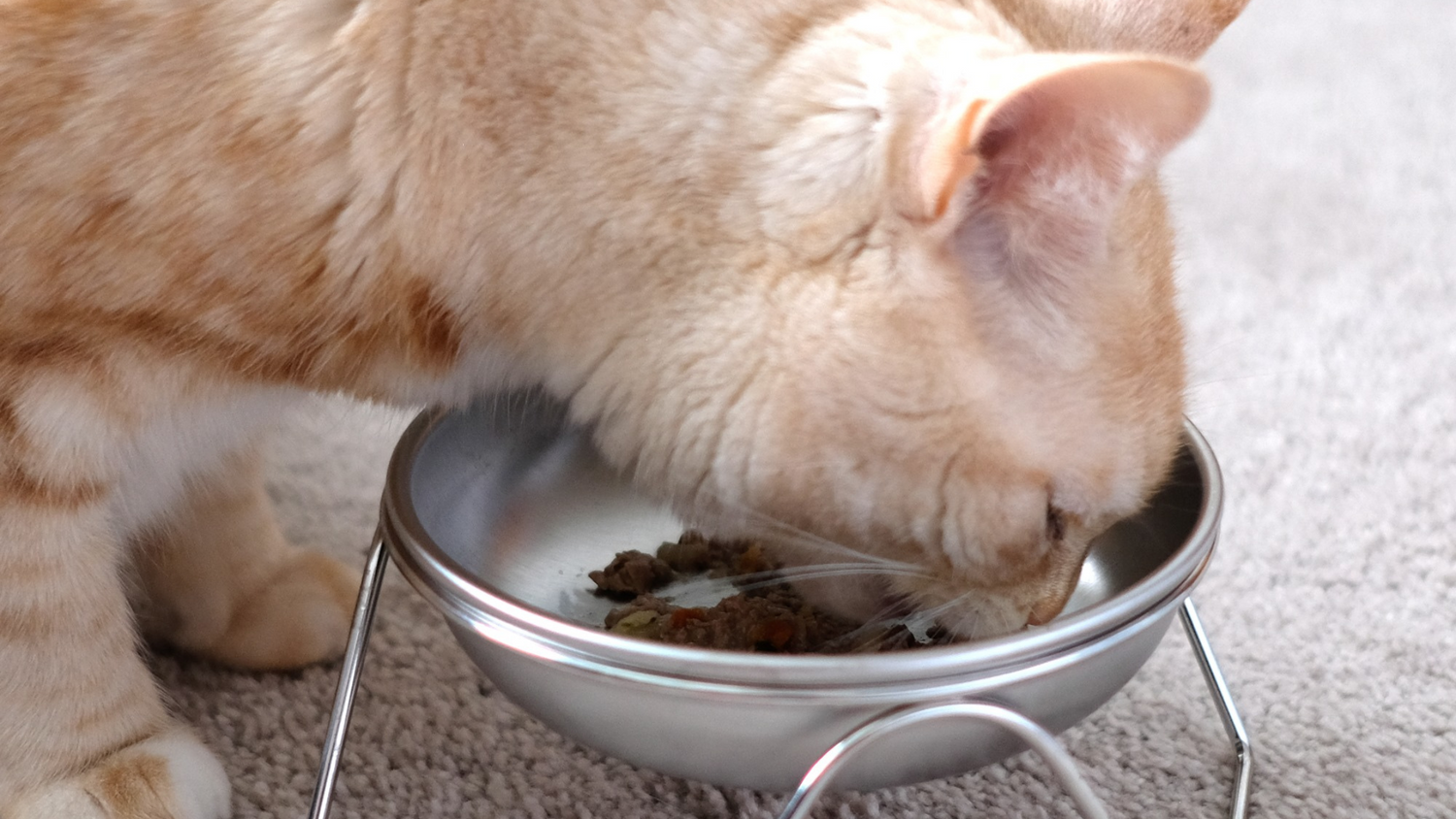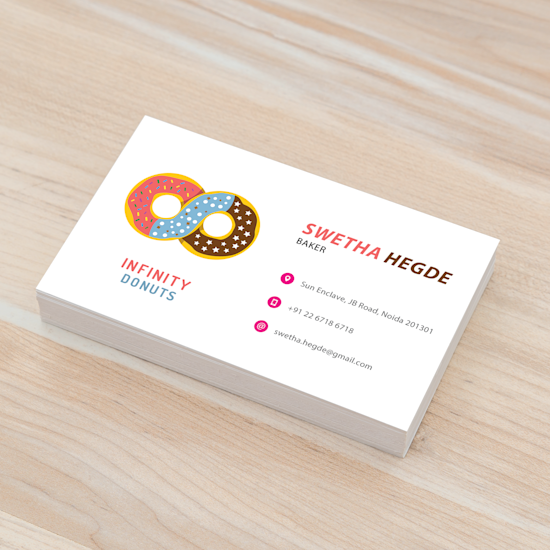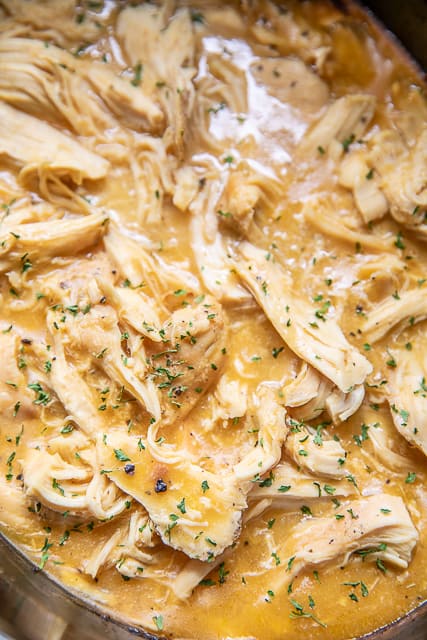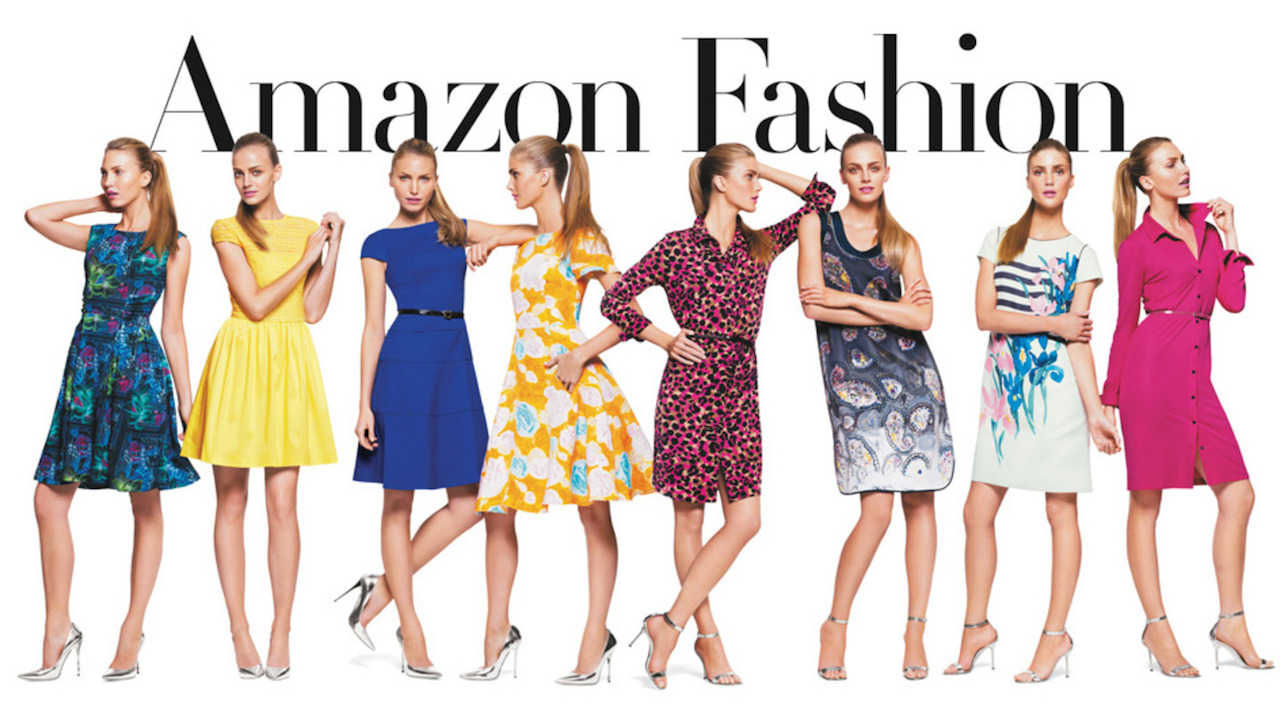Cats are beloved pets in many households, and as a cat owner, it’s important to ensure your feline friend receives the best nutrition possible. One of the biggest decisions cat owners face is whether to feed their pet wet or dry food. Both options have their advantages and disadvantages, and choosing the right type of cat food can have a significant impact on your cat’s overall health and well-being.
The Benefits of Wet Cat Food
Wet cat food, also known as canned cat food, is a popular choice among cat owners for several reasons. One of the primary advantages of wet cat food is its high moisture content. Cats are not naturally inclined to drink water, so wet cat food can help ensure that your cat stays well-hydrated. This can be particularly beneficial for cats with urinary tract issues or those prone to dehydration.
Additionally, wet cat food is often praised for its palatability. The strong aroma of wet cat food can be enticing to cats, making it an excellent choice for picky eaters or cats with dental issues. Some cat owners also find that feeding their cat wet food can help with weight management, as it tends to be lower in carbohydrates and higher in protein compared to dry food.
The Drawbacks of Wet Cat Food
While wet cat food has its benefits, there are also some drawbacks to consider. One common concern among cat owners is the cost of wet cat food, which can be significantly higher than dry cat food. The shelf life of canned cat food is also shorter, so it may not be as convenient for pet owners with busy schedules.
Furthermore, some cats may be prone to dental issues if they only consume wet cat food. The lack of chewing action required when eating wet food can contribute to plaque and tartar buildup, potentially leading to dental problems down the line.
The Advantages of Dry Cat Food
Dry cat food, also known as kibble, is a popular and convenient option for many cat owners. One of the primary advantages of dry cat food is its shelf stability. Unlike canned cat food, dry cat food can be stored for extended periods without refrigeration, making it a convenient option for pet owners who prefer to buy in bulk.
Additionally, the act of chewing dry cat food can help promote dental health by reducing plaque and tartar buildup. Dry cat food is also often more cost-effective than wet cat food, making it a more budget-friendly option for cat owners.
The Disadvantages of Dry Cat Food
While dry cat food has its advantages, it also has some drawbacks to consider. One significant concern is its lower moisture content, which can lead to dehydration in some cats. This can be particularly problematic for cats with kidney disease or urinary tract issues.
Some cats may also be less inclined to drink water when consuming dry cat food, further exacerbating the issue of dehydration. Additionally, certain dry cat foods may be higher in carbohydrates and lower in protein, which may not be ideal for some cats’ nutritional needs.
Conclusion
Ultimately, the decision between wet and dry cat food depends on your cat’s individual needs and preferences. Both options have their pros and cons, and some cat owners may even choose to incorporate both wet and dry cat food into their pet’s diet for a balanced approach. It’s essential to consider factors such as your cat’s age, health, and dietary requirements when making this decision.
Regardless of whether you choose wet or dry cat food, it’s important to select high-quality, nutritionally balanced options that meet your cat’s specific needs. Consulting with your veterinarian can also provide valuable insight into the best feeding regimen for your feline friend.
FAQs
1. Can I feed my cat both wet and dry food?
Yes, many cat owners find that a combination of wet and dry cat food can provide a balanced diet for their pets. This approach can help ensure that your cat receives adequate moisture from wet food while benefiting from the dental health advantages of dry food.
2. Which type of cat food is better for weight management?
Some cat owners find that wet cat food can be beneficial for weight management, as it tends to be lower in carbohydrates and higher in protein compared to dry food. However, portion control is essential regardless of whether you choose wet or dry food for your cat.
3. Is it essential to consider my cat’s age when choosing cat food?
Yes, your cat’s age can play a role in determining the best type of cat food. Kittens, adult cats, and senior cats have different nutritional requirements, and it’s essential to select a cat food that is appropriate for your cat’s life stage.
4. Can dry cat food cause dehydration in cats?
Some cats may be prone to dehydration when consuming dry cat food, as it typically has a lower moisture content compared to wet cat food. It’s essential to monitor your cat’s water intake and ensure they stay adequately hydrated when consuming dry food.
wet cat food vs dry cat food
Choosing the right type of cat food for your feline friend can be a daunting task, especially with the countless options available on the market. One of the main considerations to take into account is whether to feed your cat wet or dry food. Both options have their own set of advantages and disadvantages, making the decision a challenging one for many cat owners.
Wet cat food is beneficial for cats as it provides much-needed hydration. Cats are notorious for not drinking enough water, so by feeding them wet food, you can ensure they are getting enough moisture in their diet. Additionally, wet cat food is often more palatable for picky eaters and can be easier for older cats with dental issues to eat due to its softer texture.
On the other hand, dry cat food is often more convenient for many cat owners. It can be left out for longer periods of time without spoiling, making it a good option for those who have busy schedules. Additionally, dry food can be more cost-effective and easier to store in bulk.
When it comes to the nutritional content of wet vs dry cat food, both options can provide a balanced diet for your feline friend. However, it’s important to carefully read the ingredient list and ensure that whichever type of food you choose contains the necessary nutrients and high-quality protein for your cat’s optimal health. It’s also advisable to consult with a veterinarian to determine the best diet for your specific cat’s needs.
One of the downsides of wet cat food is that it can be messier and more odorous than dry food. Additionally, it needs to be consumed fairly quickly to avoid spoilage, which can be a challenge for cats who are picky eaters or have small appetites. Dry cat food, on the other hand, can be left out for longer periods of time without concern, making it a convenient option for some cat owners.
Ultimately, the best type of cat food for your feline friend will depend on their individual needs and preferences. Some cats may thrive on a diet of wet food due to its higher moisture content and palatability, while others may do just as well on a diet of dry food for its convenience and cost-effectiveness. It’s important to take into account your cat’s health, age, and any specific dietary requirements when making the decision. wet cat food vs dry cat food







